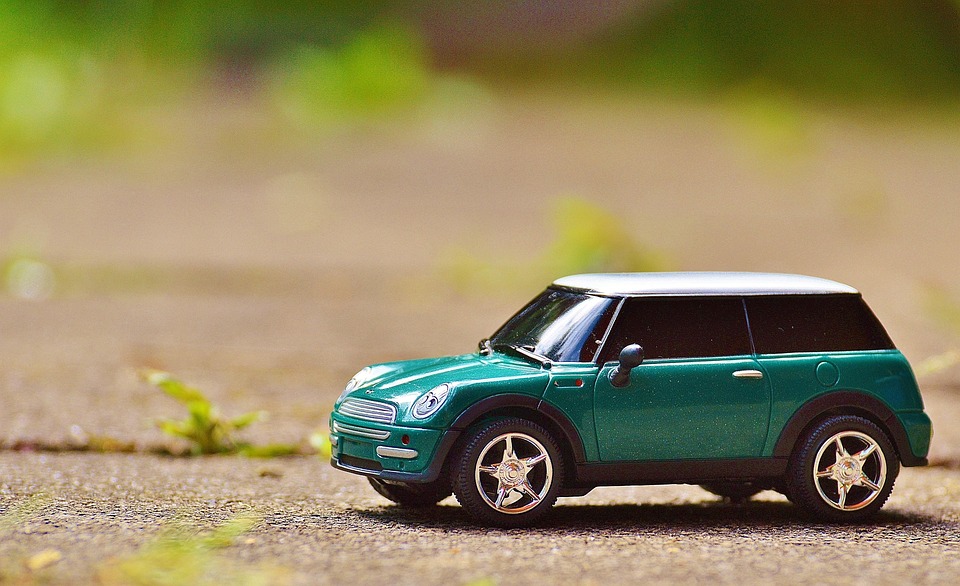The advent of self-driving technology has revolutionized many aspects of transportation, promising enhanced safety, efficiency, and convenience. However, as these autonomous vehicles (AVs) become more prevalent, they raise complex questions about insurance and liability. Who is responsible when a self-driving car is involved in an accident? This article delves into the intricacies of insurance and liability in a self-driving world, exploring potential challenges and proposing frameworks for resolution.
The Shift in Liability
Traditionally, liability in vehicle accidents has fallen largely on the driver. When human error is a factor—such as distraction, speeding, or intoxication—insurance claims and legal responsibility typically point to the driver involved. However, with the introduction of AVs, the paradigm shifts. The question arises: Is the manufacturer, software developer, or the AV itself to be held accountable in cases of malfunction or accidents caused by the vehicle’s autonomous systems?
Manufacturer vs. Driver Liability
One of the most significant discussions in the realm of AVs revolves around whether liability should shift from drivers to manufacturers. In many scenarios, the software and hardware of an AV could be deemed responsible for malfunctions that lead to accidents. This could implicate automotive companies and tech firms more heavily in liability claims, as they control the technologies that govern vehicle behavior.
To illustrate, if a driverless car miscalculates a turn and collides with another vehicle, should the manufacturer of the vehicle or the software developer be liable for damages? Existing car insurance models may need substantial revisions to address this changing responsibility landscape.
Insurance Frameworks for Autonomous Vehicles
The insurance industry has begun to adapt to the rise of AVs, with some companies already offering specific policies designed for self-driving cars. Current trends include:
-
Product Liability Insurance: Asauto manufacturers may bear increased liability, product liability insurance could become a major aspect of their operational strategies. This would cover damages resulting from design defects or software failures.
-
Fleet Insurance: Companies operating fleets of AVs, such as ride-share services, might seek special fleet insurance that encompasses multiple vehicles and the unique risks associated with automated driving.
-
Usage-Based Insurance: Innovations in telematics may enable insurers to charge premiums based on actual usage and performance of the self-driving systems, factoring in their risk profiles much differently than traditional vehicles.
- Cyber Liability Insurance: Given that AVs rely heavily on interconnected systems and software, there may be a pressing need for policies covering data breaches or cybersecurity threats that could compromise an AV’s safety functions.
Regulatory Challenges and Standardization
The legal and insurance frameworks governing self-driving vehicles are still evolving. Regulatory bodies face challenges in drafting laws and standards that address liability concerns while ensuring safety and public confidence in autonomous technology.
The Need for Clear Regulations
Without comprehensive policies that clearly delineate the responsibilities of all parties involved, the potential for disputes could lead to significant legal complexities. Regulations must outline:
- Testing and certification protocols for AV systems to assure reliability before they are deployed on public roads.
- Liability caps and limits that prevent overwhelming financial burdens on manufacturers while protecting consumers.
- Data-sharing agreements that promote collaboration between manufacturers and necessary authorities to improve vehicle technology and safety continuously.
The Role of Government and Stakeholders
Governments, automotive companies, insurers, and technology firms will need to work collaboratively to create cohesive strategies. Stakeholder engagement is essential to establish a unified approach to liability laws and insurance models. This may include drafting new legislation that takes into account the rapid developments in AV technology.
Conclusion
As self-driving cars continue to evolve, their integration into society introduces multifaceted challenges surrounding insurance and liability. The shift in responsibility from driver to manufacturer necessitates innovative insurance solutions and robust regulatory frameworks.
It is imperative that stakeholders come together to ensure a system that is fair and sustainable, one that not only encourages technological advancement but also prioritizes safety and accountability. The road to fully autonomous driving is still being paved but addressing these crucial issues will help ensure a smooth journey into the future.



